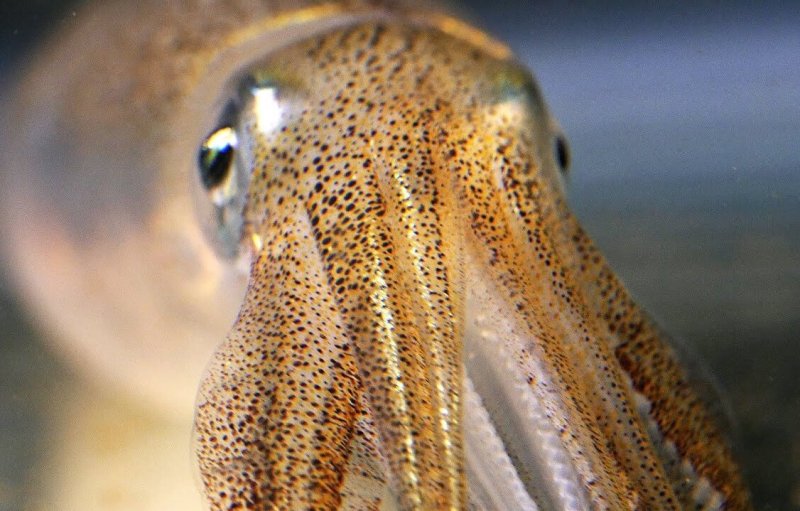Hundreds of times larger than the largest axon in humans, [squid axon] girth allows electrical impulses to travel rapidly into the mantle, so the squid can quickly jet away from danger.
Following the discovery of these giant fibers in 1936 (scientists initially thought they were blood vessels), researchers began using them for experiments on the chemical and electrical mechanisms of the nervous system and the brain. The squid axon was so big that scientists could attach electrodes to it and zap it, measuring changes in voltage. They could squeeze out the axoplasmic goo inside and study what it was made of.
Leonid Moroz, a neuroscientist at the University of Florida, calls the squid’s giant axon “nature’s gift to neuroscience.”
The study of squid nerves has resulted in hundreds of scientific papers and two Nobel Prizes.
Today, precision tools that can measure and manipulate smaller nerve fibers have made the squid’s giant axon less essential for research, but the squid “still has a lot of mysteries and science we need to find out,” [neuroscientist Pablo Miranda] Fernandez says.































